Astronomy
-
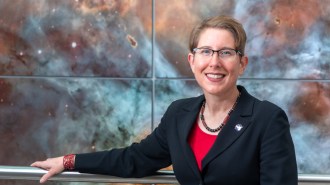 Astronomy
AstronomyMeet Jane Rigby, senior project scientist for JWST and advocate for LGBTQ+ astronomers
Rigby, senior project scientist for the James Webb Space Telescope, believes being part of the LGBTQ+ community has made her a better astronomer.
-
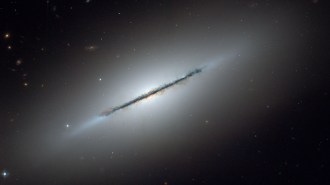 Astronomy
AstronomySpiral galaxies might have been lentil-shaped before becoming starry whirls
By using black holes to track how galaxies merge and grow, an astronomer has proposed an update to the prevailing story of how galaxy shapes evolve.
By Elise Cutts -
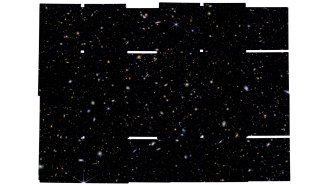 Space
SpaceThe James Webb telescope may have spotted stars powered by dark matter
Three objects in the distant universe bear signs of hypothesized “dark stars,” researchers claim, though others say more definitive data are needed.
By Skyler Ware -
 Archaeology
ArchaeologyHow an ancient solar flare illuminated the start of the Viking Age
Improved radiocarbon dating aided by a solar flare in the year 775 sheds light on the early days of Vikings and global trading in medieval times.
-
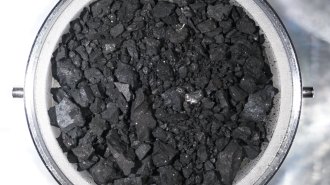 Astronomy
AstronomyRyugu asteroid samples are sprinkled with stardust older than the solar system
Slivers of the asteroid appear to be from the fringes of the solar system and could reveal bits of the history of the sun and its planets.
-
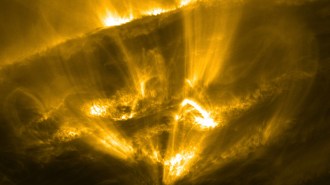 Astronomy
AstronomyCoronal rain has been seen splashing on the sun
New images of the solar corona, taken by the Solar Orbiter probe, reveal bright fireball effects and upwelling induced by falling plasma droplets.
-
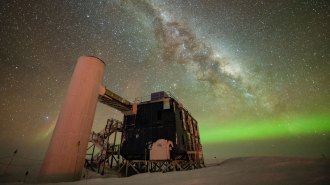 Physics
PhysicsNeutrinos offer a new view of the Milky Way
Physicists turned to AI to help map out the newfound origins of ghostly neutrino particles coming from deep in the Milky Way.
-
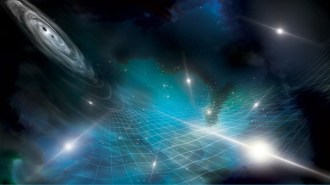 Astronomy
AstronomyA newfound gravitational wave ‘hum’ may be from the universe’s biggest black holes
Scientists reported evidence for a new class of gravitational waves, likely created by merging supermassive black holes.
-
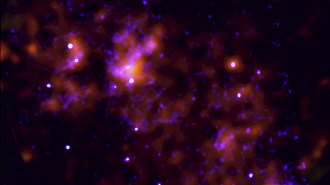 Astronomy
Astronomy200 years ago, the Milky Way’s central black hole briefly awoke
The black hole is thought to be mostly quiet and dim. Now, glowing cosmic clouds have revealed the behemoth’s last flare.
-
 Physics
PhysicsJulian Muñoz has a ‘ruler’ that could size up the early universe
The measurement tool could lay out a distance scale for cosmic dawn —and offer clues to the nature of dark matter.
-
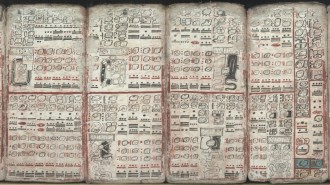 Astronomy
Astronomy50 years ago, a search for proof that the Maya tracked comets came up short
The mystery of whether the ancient civilization tracked comets endures, but recent evidence hints the Maya tracked related meteor showers.
-
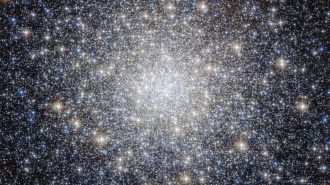 Astronomy
AstronomyA star cluster in the Milky Way appears to be as old as the universe
Globular cluster M92 is about 13.8 billion years old, a new calculation suggests. Getting the age right could help resolve a bigger cosmic conundrum.